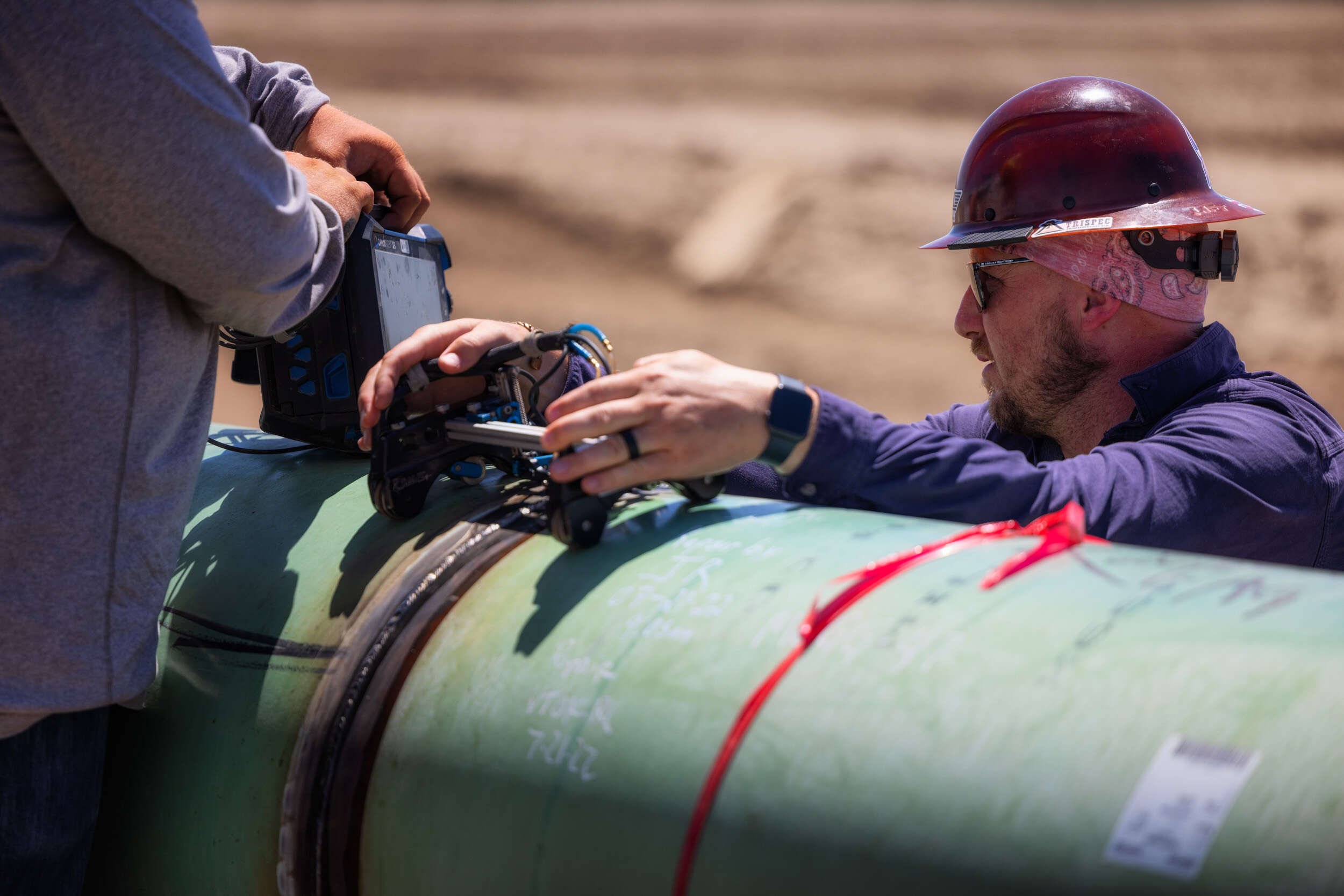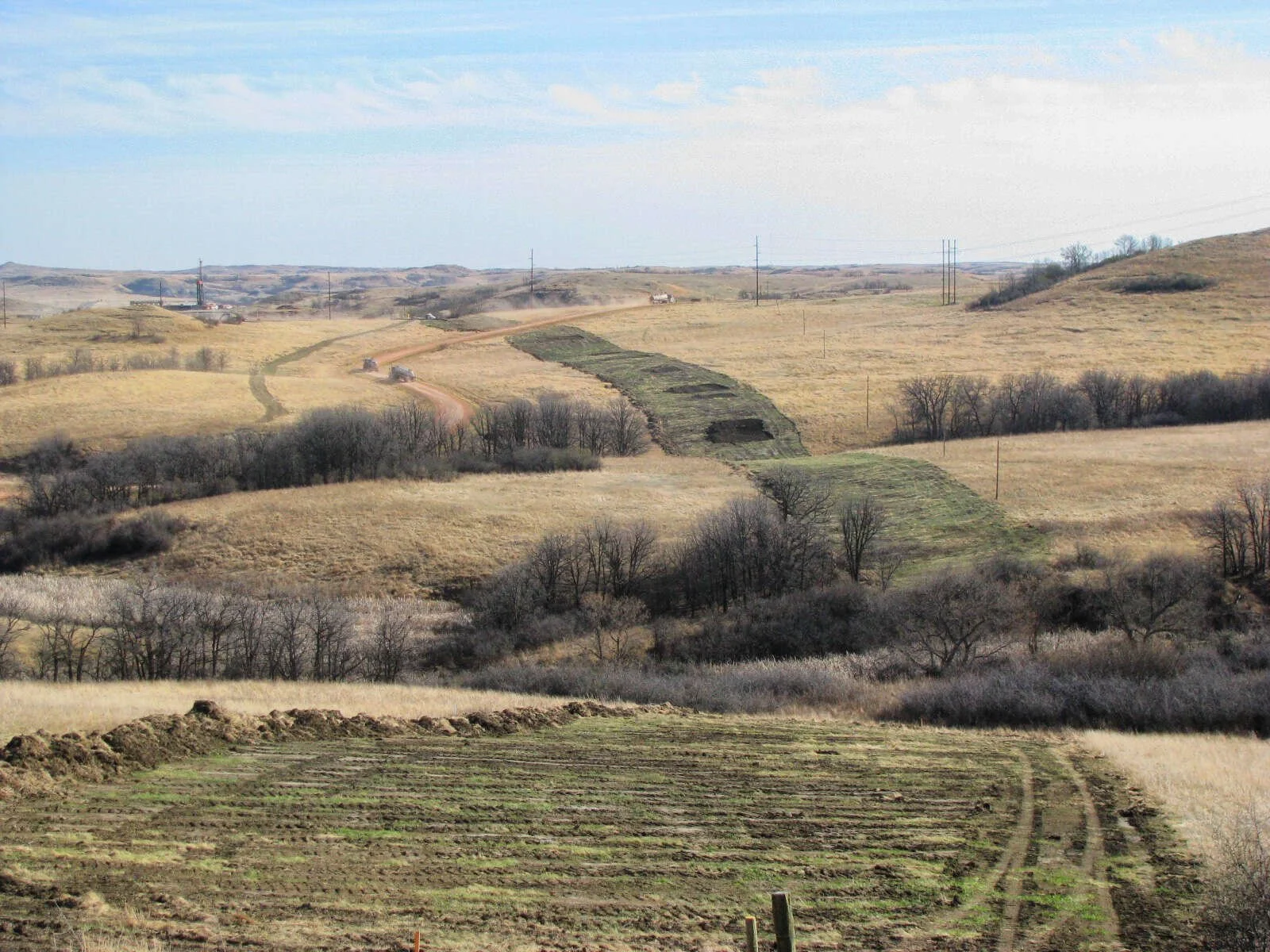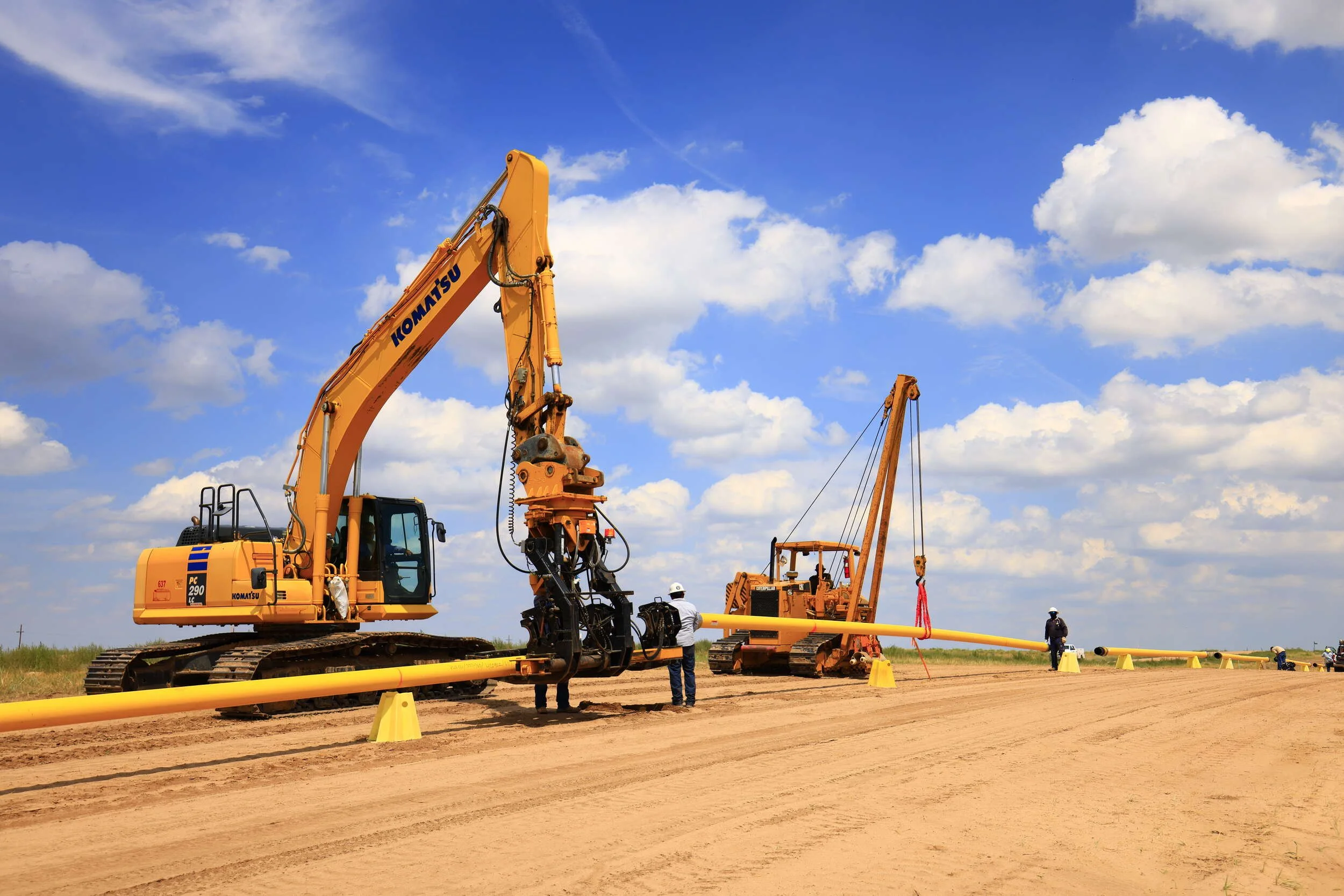7 Benefits of Using Pipelines to Transport Oil and Gas
Pipelines are commonly used for transporting oil and gas due to several advantages they offer. Here are seven reasons that make pipelines a preferred method of transportation for oil and gas:
Efficiency
Pipelines are highly efficient in transporting large volumes of oil and gas over long distances. They can maintain a continuous flow without the need for stops or transfers, resulting in a reliable and cost-effective mode of transportation.
Safety
Pipelines are considered one of the safest ways to transport oil and gas. They are built with advanced technology and engineering standards to minimize the risk of leaks or spills. Pipeline operators have strict monitoring systems and maintenance protocols to ensure the safety and reliability of the pipelines.
Environmental Considerations
Pipelines have a relatively low environmental impact compared to alternative transportation methods. They significantly reduce the need for tanker trucks or ships, which emit greenhouse gases and pose a higher risk of accidents or spills. Pipelines also minimize soil and water disturbance during installation, reducing ecosystem disruption.
Reliability
Pipelines provide a consistent and reliable means of transporting oil and gas. They are not affected by weather conditions like storms or high winds, which can disrupt other transportation modes. This reliability ensures a steady oil and gas supply to meet energy demands.
Cost-effectiveness
Pipelines offer cost advantages over other modes of transportation. Once built, pipelines have lower operational costs compared to trucking or shipping. They require fewer labor resources and have lower maintenance expenses in the long run, making them an economically efficient oil and gas transportation option.
Long-Distance Capability
Pipelines are ideal for transporting oil and gas over long distances, including cross-country or international routes. They can traverse various terrains, including deserts, mountains, and bodies of water, with minimal disruption to the surrounding areas.
Scalability
Pipelines can be expanded or extended to accommodate increased oil and gas transportation demand. Additional pipelines can be built parallel to existing ones or connected to the same network, allowing for scalable growth without significant logistical changes.
Conclusion
It is worth noting that while pipelines have many advantages, they are not without drawbacks. Environmental concerns, potential leakage risks, and the need for regular inspections and maintenance are essential aspects to consider and mitigate in pipeline operations.









